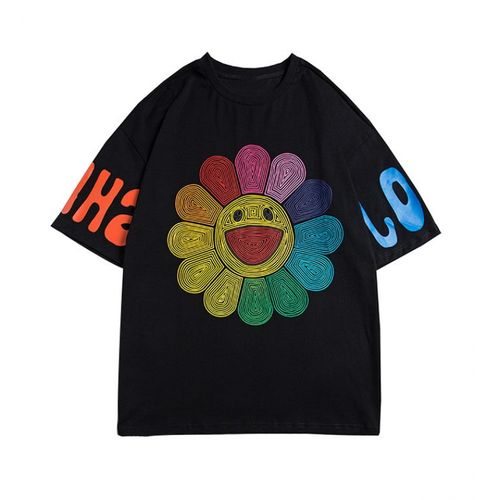The production process of men’s clothing can be divided into the following main steps. Please note that the process provided here is a rough process, and the actual operation process may vary slightly due to different styles and process requirements.
1. Design and sample production stage:
– Designers design men’s clothing based on market demand and fashion trends.
– Produce design sketches and floor plans to determine the shape, cut and details of garments.
– Create clothing samples to demonstrate design effects and adjust details.
2. Fabric selection:
– Choose suitable fabrics according to the clothing style and design requirements. Consider factors such as the color, texture, luster and season of the fabric.
– Carry out the purchase and acceptance of fabrics to ensure that the fabrics meet quality standards and design requirements.
3. Cutting and sewing:
– Cut the selected fabric according to the pattern and design sketch to create the garment. Fragments of various parts.
– Sew on a sewing machine to assemble the individual pieces into a complete garment. This includes stitching on collars, sleeves, shoulders, side seams, bags, etc.
– Pay attention to the precision of sewing, the beauty and strength of stitches to ensure the quality and durability of the garment.
4. Detail processing and decoration:
– Processing and finishing of sleeves, collars, bags and other details, such as hemming , closing, contrasting colors, etc.
– Add decorations according to design needs, such as buttons, chains, embroidery, ribbons, etc. These embellishments can enhance the quality and visual impact of clothing.
5. Customized adjustments:
– During the production process of customized men’s clothing such as suits, fittings and adjustments may be required. After the initial sample is produced, appropriate modifications and improvements are made based on the customer’s specific body shape to ensure the fit and comfort of the garment.
6. Ironing and finishing:
– After finishing sewing, iron and finish the garment to eliminate wrinkles and Makes the garment flatter.
– Carry out final quality inspection and finishing to ensure the garments are flawless and meet design requirements.
7. Packaging and shipping:
– Packaging and labeling of clothing, including adding hang tags, washing labels, etc.
– Classify, package and arrange for shipment or sale of finished garments.
The above is the general process flow of men’s clothing production, which may vary depending on different manufacturers and styles. In the specific production process, it is also necessary to pay attention to the management and operation of quality control, process details, process planning, etc.






